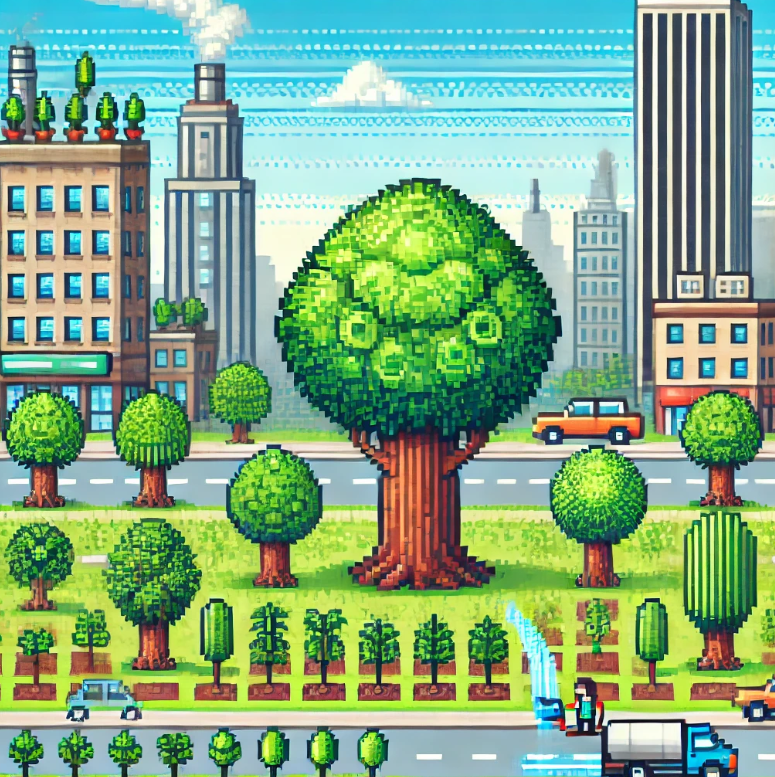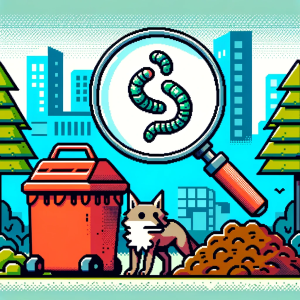
City Trees: Growing More Than Just Green
Urban street trees are vital for city life, offering shade, cleaner air, and even boosting mental well-being. New York City, a bustling metropolis, understands this well and conducts a tree census every decade to track its green inhabitants. But how do these trees grow over time, and what affects their growth rates? A recent study dives into these questions, revealing fascinating insights about urban forestry in NYC.
Why Study Tree Growth?
Trees in cities do more than just look pretty. They cool our streets, reduce pollution, and even help manage stormwater. Larger trees offer more of these benefits, but they take decades to grow. Knowing how fast different trees grow can help city planners make better decisions about which trees to plant and where. This study looked at the growth rates of over 126,000 street trees in NYC, providing a detailed picture of urban tree growth.
A Decade of Data
The study used data from the 2005 and 2015 NYC tree censuses. Each census involves thousands of volunteers and city staff measuring and recording details about every street tree. However, due to inaccuracies in tree locations, analyzing individual tree growth over time was challenging. The researchers overcame this by matching trees based on address and species instead of GPS coordinates.
Tree Growth Rates: A Closer Look
The study found that tree species are the biggest factor in growth rates. For example, the Silver Linden, the fastest-growing tree in the study, grows about 0.51 inches per year. In contrast, the London Planetree, the most common street tree in NYC, grows at just 0.16 inches per year. This significant variation can help city planners choose trees that will grow quickly and provide benefits sooner.
Factors Influencing Growth
While species is the main factor, other elements also play a role. Trees in good health grow faster, as do those planted on the south side of streets, likely due to better sun exposure. Surprisingly, the presence of tree guards (protective fences around tree pits) showed mixed results. Some guards helped, while others hindered growth, depending on their design and maintenance.
Community Scientists: A Valuable Resource
The 2015 tree census relied heavily on volunteers, who measured 32% of the trees. Initially, it seemed like trees measured by volunteers grew more slowly. However, this was due to volunteers working mainly in Manhattan, where trees are generally smaller and grow slower. After adjusting for this, the study confirmed that volunteer measurements were just as accurate as those taken by city staff.
Trees and Social Equity
One of the most intriguing findings is that trees in areas with a higher Social Vulnerability Index (SVI) grew faster than expected. The SVI considers factors like income, education, and housing conditions to measure community vulnerability. Faster tree growth in these areas means more benefits for communities that need them most, potentially helping to address historical inequalities in urban green space distribution.
Planning for the Future
As NYC looks forward to the next tree census in 2025, this study provides a roadmap for better urban forestry planning. By understanding which trees grow fastest and where city planners can optimize tree planting efforts to maximize benefits. This approach can help ensure that all neighborhoods, especially those historically underserved, receive the full advantages of a robust urban forest.
Get Involved: Your Thoughts Matter
Urban forestry is a community effort, and your voice is crucial. Here are some questions to ponder:
- How do you think faster tree growth in vulnerable communities can impact local residents’ lives?
- What types of trees would you like to see more of in your neighborhood, and why?
Your comments and ideas can help shape the future of NYC’s urban forest!
Feed Your Curiosity:
Discover the latest scientific research and inspiring discoveries with ‘This Week in Science’! Perfect for educators and avid learners, our free weekly newsletter is a rich source of knowledge to enhance your teaching and learning journey. Subscribe now!



